
Regenerative Design
Regenerative architecture and design could help to save the planet; starting at the workplace. Here are 5 ways it's going to help us to build a greener world...
The Miracle of Regenerative Design
To regenerate is to “create again”. The growing trend of regenerative design is about building spaces that minimise waste, last for a very long time, and remake the environments surrounding them. It’s about finding radical solutions to environmental challenges and offering a brighter vision of the future. As such, regenerative architecture and design could help to save the planet; starting at the workplace. Here are five ways it’s going to help us build a greener world.
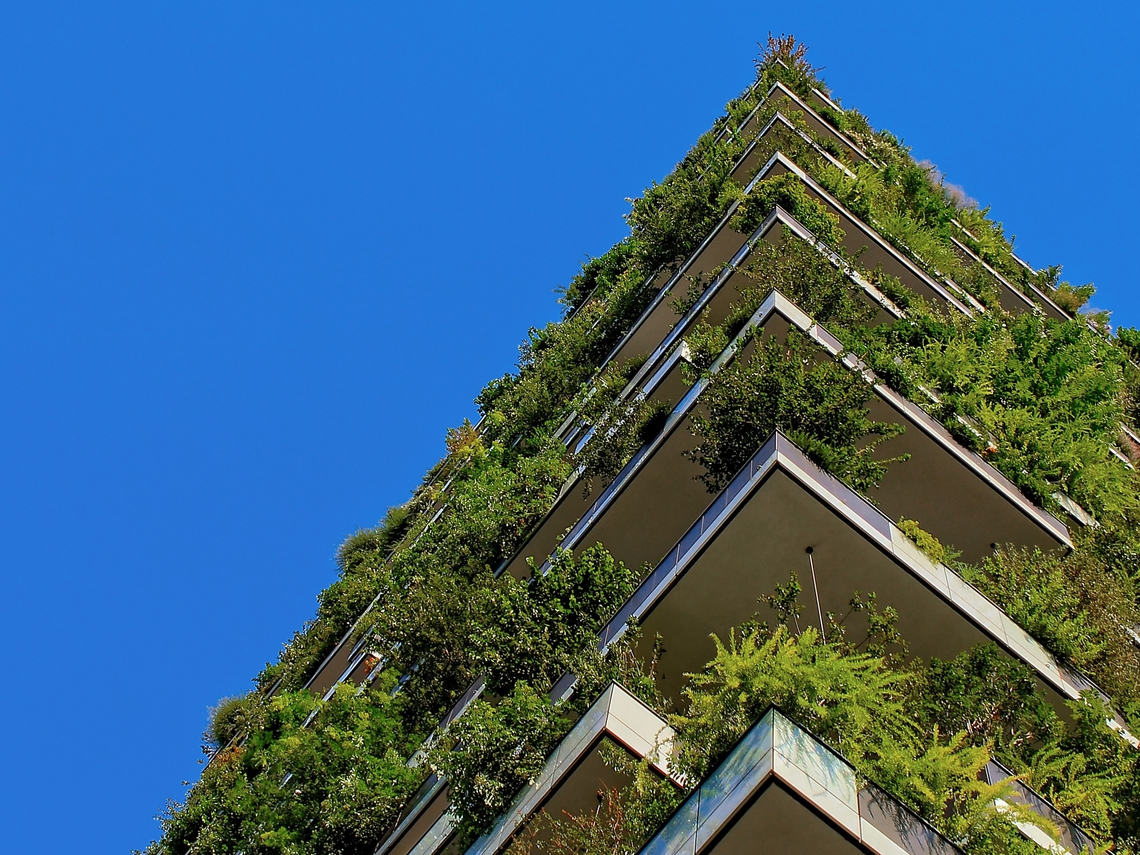
Living Buildings
Before regenerative buildings come living buildings. Which is to say, buildings that obtain all their required resources from the natural environment:
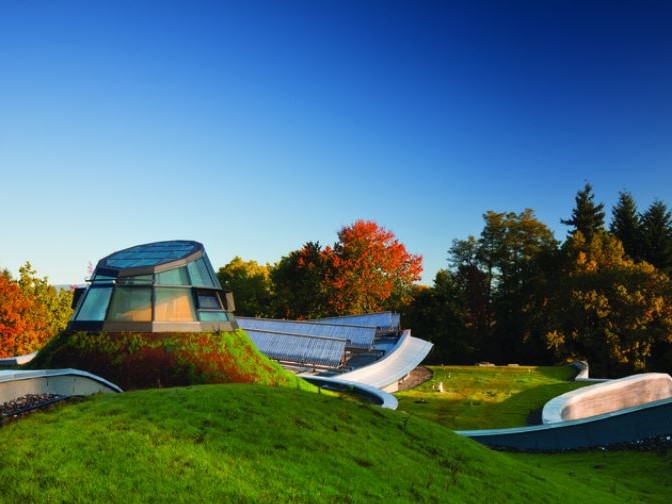
Regenerative Buildings
Not only do living buildings have a net-zero impact on the environment, they also save money for their owners. But why not go a step further and design buildings that give back to nature? Why not regenerate lost wildlife habitats and watercourses through design? Vancouver’s VanDusen Botanical Garden Visitor Centre offers a great example of how to do just that.

The Visitor Centre’s regenerative green roof isn’t designed for people, but for butterflies, birds and more to feed and rest upon. Because it comes with green “staircases” leading up to it, even coyotes have been spotted up there. Similarly, not only does the Visitor Centre capture rainwater, recycle graywater and treat wastewater on-site, but it also uses that water to irrigate the gardens and recharge the local aquifer. Furthermore, the building is partly constructed from rammed-earth building blocks made by dredging ponds on the site; which had the added benefit of deepening those ponds and reinvigorating their ecosystems.

Architecture That Grows Itself
A lot of workplaces already have living walls which provide some calming biophilia, noise dampening, fresher, better quality air, nice aromas and so on. But some progressive cities are taking the concept even further. In Sydney, the Institute of Marine Science and the Reef Design have teamed up to create a “Living Seawall” along an existing underwater structure in Sydney Harbour. Made of 50 tiles designed to mimic the roots of native mangrove trees, the Living Seawall provides a new, manmade habitat for marine life. It’s hoped that filter-feeding organisms will colonise the wall, and clean the water by filtering particles and pollutants from it, thus encouraging yet more biodiversity and life.
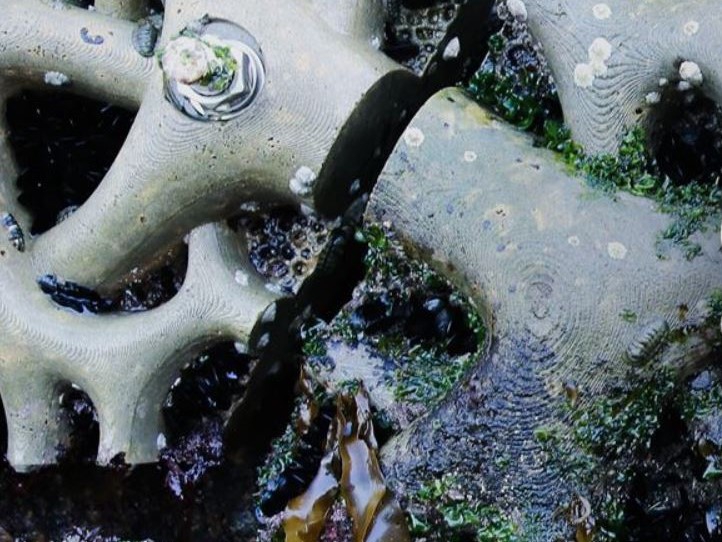
Architecture That Designs Itself
More speculatively, the European Union recently funded a regenerative design project that sounds like science-fiction. The Flora Robotica project drew a cross-disciplinary team from the fields of computer science, robotics, biology, zoology and architecture in order to investigate the possibility of symbiotic relationships between robots and plants. Their dream? “To explore the potentials of a plant-robot society able to produce architectural artefacts and living spaces.” One day, maybe, possibly, award-winning offices might be built by trees and robots working together.
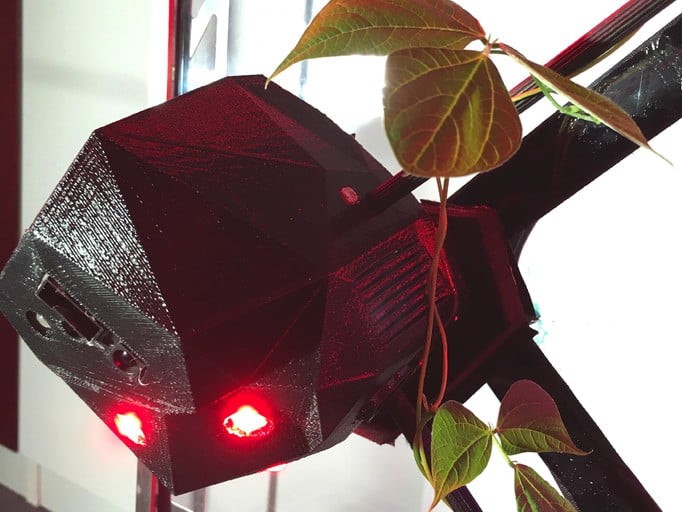
Tomorrow’s Eco Cities
Regenerative design allows us to take a step beyond ideas of just sustaining badly damaged ecosystems and communities, and regenerate them instead. By doing so we can contribute to a win-win-win future in which individuals, the community and the planet all thrive. In our dream cities of the future, excess energy will power surrounding neighbourhoods, storm water management systems will provide irrigation water for all, nutrients will be returned to the soil, communal gardens will grow edible landscapes for everybody to enjoy, and wildlife will return and live happily alongside us. Doesn’t that sound like a nice place to live?
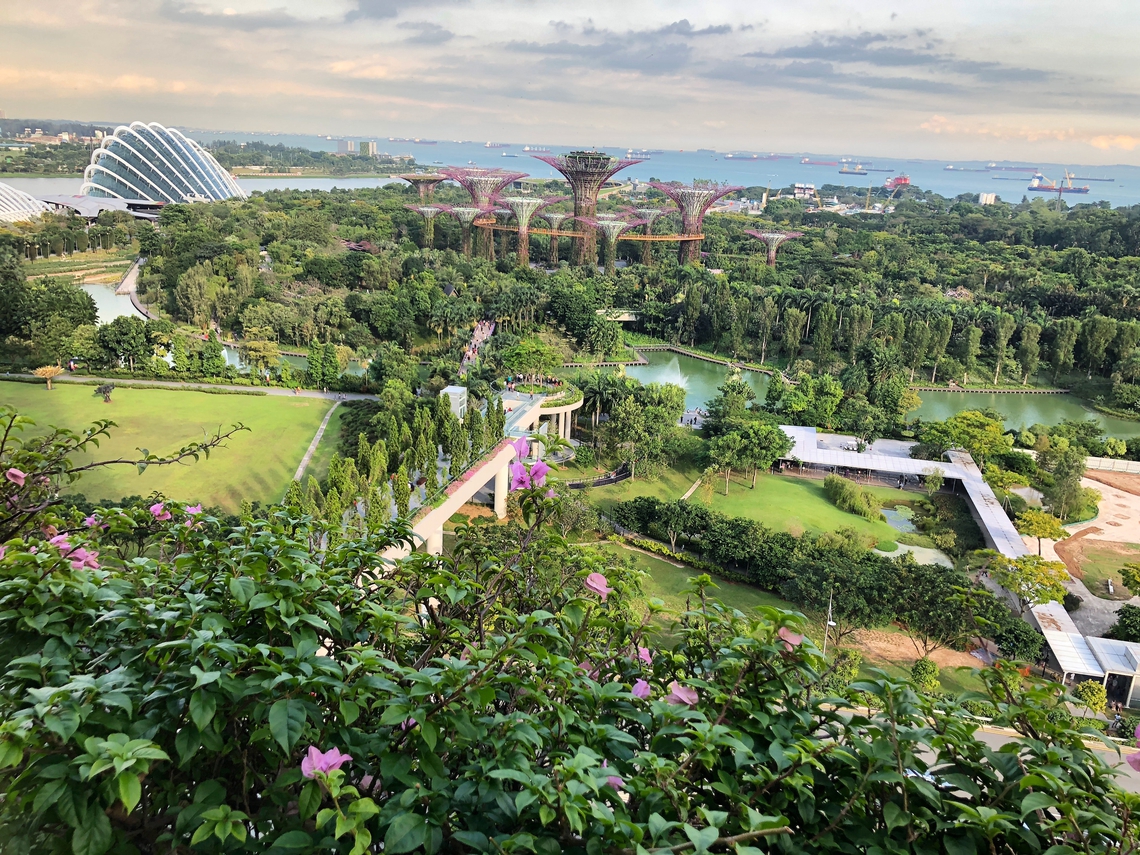
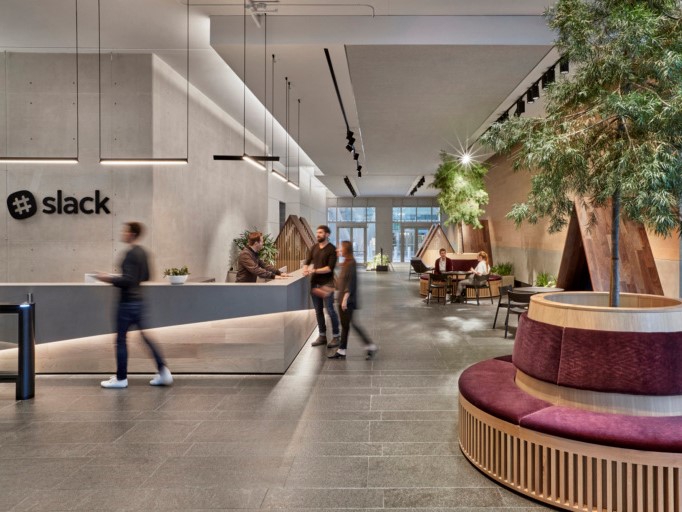
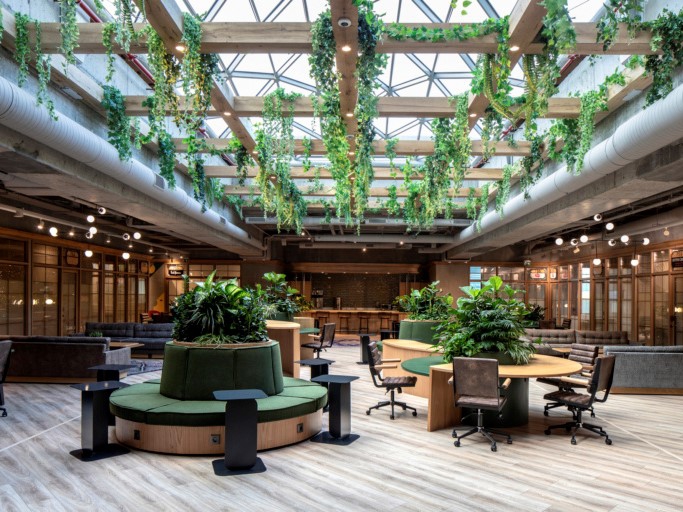
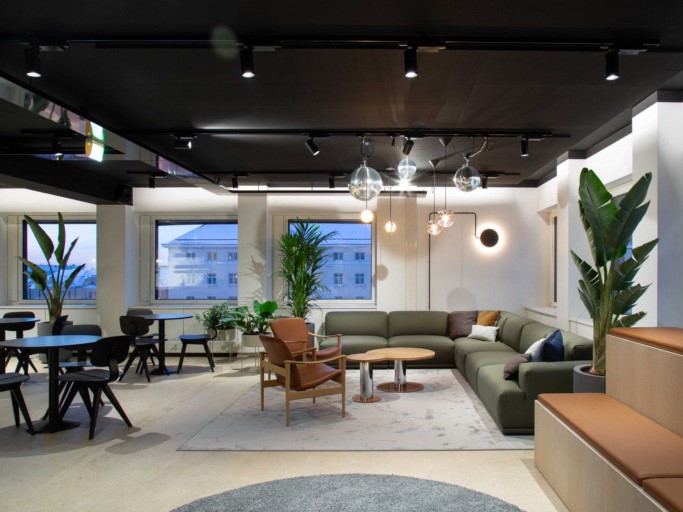



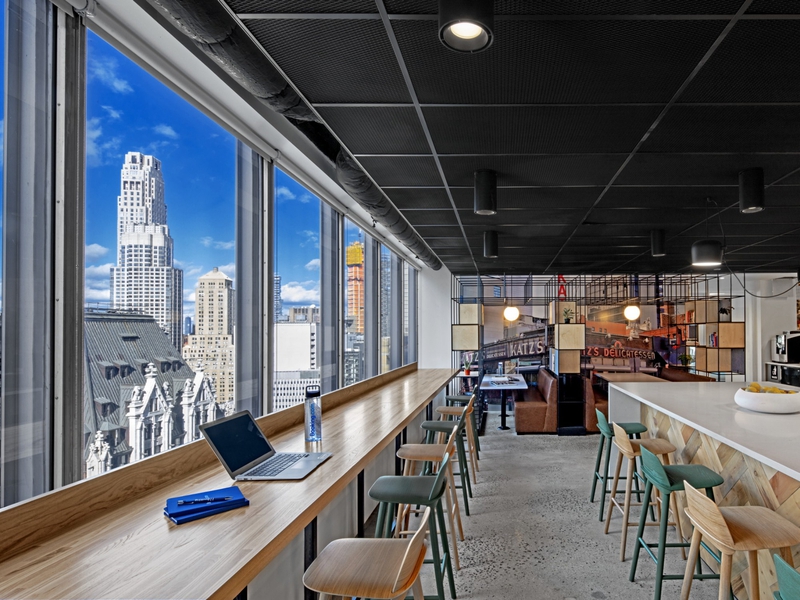
Bringing the company together in the heart of Manhattan's financial district, Booking.com have recently relocated into …
PROFESSIONAL SERVICES

For their new headquarters in Beaconsfield, Inland Homes have worked alongside Hunts Office to create a hospitable, dis…
REAL ESTATE
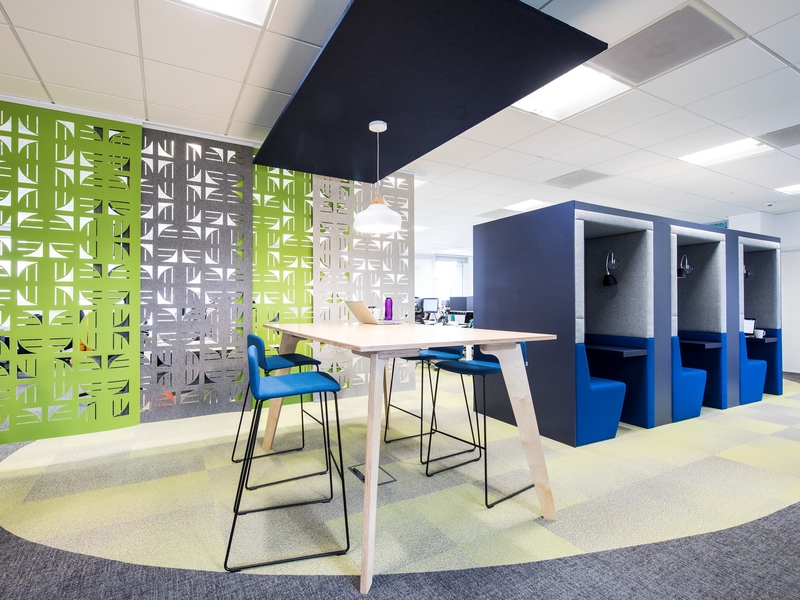
Designed to improve staff wellbeing and encourage healthy collaboration, MHFA England's new offices incorporate a range…
NONPROFIT